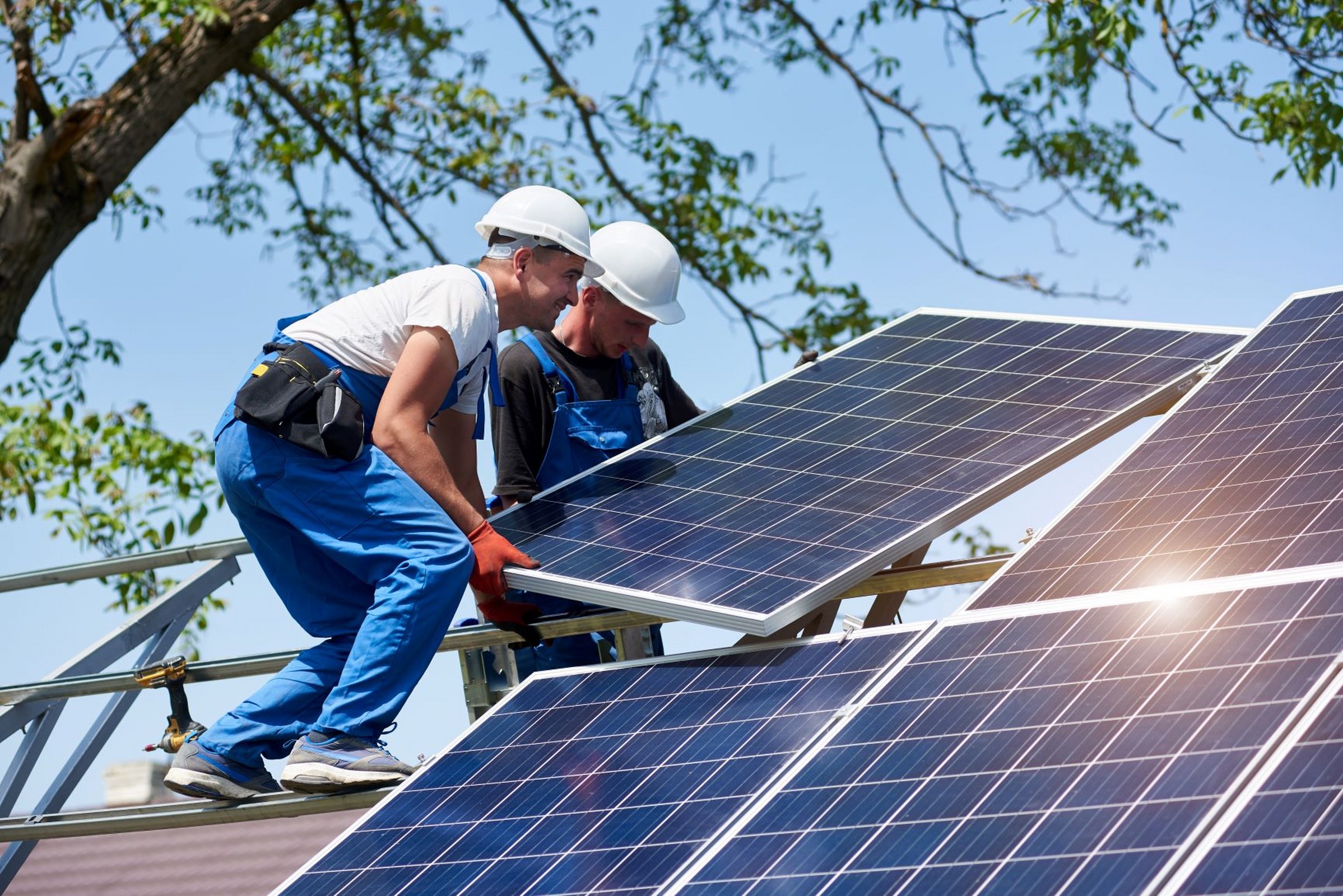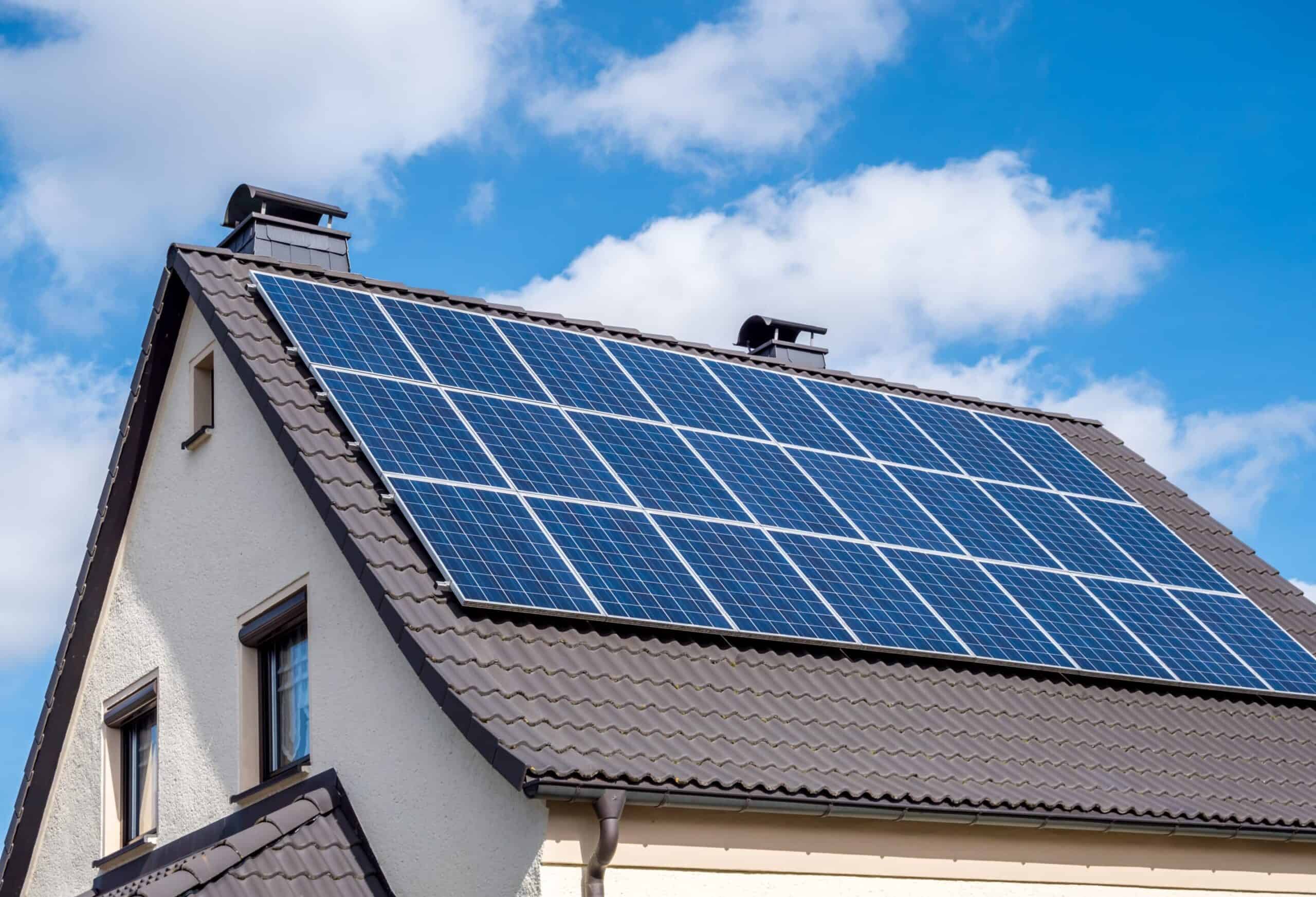Top Smart Home Gadgets to Pair with Solar Panels for a Greener Home

As homeowners increasingly turn to solar panels to reduce energy costs and environmental impact, integrating smart home technology can amplify these benefits. Solar panels generate clean energy, but pairing them with devices like smart plugs, LED lighting, and electric vehicle (EV) chargers optimizes energy use, enhances efficiency, and maximizes savings. Systems like the Enphase IQ Battery and Google Nest Learning Thermostat integrate seamlessly with solar setups, offering real-time energy management and automation. In 2025, with the global smart home market projected to exceed $116 billion, these gadgets make homes greener and more cost-effective. This article explores the top smart home devices to pair with solar panels, their compatibility, and estimated cost savings, helping homeowners achieve a sustainable, energy-efficient lifestyle.
Why Pair Smart Home Gadgets with Solar Panels?
Solar panels reduce reliance on the grid by harnessing sunlight, but their efficiency depends on how energy is consumed or stored. Smart home devices optimize this process by automating energy use, reducing waste, and aligning consumption with solar production. For example, smart thermostats adjust heating based on solar output, while EV chargers use excess solar energy to power vehicles. According to EnergySage, homes with solar and smart devices can save 10–40% on energy bills annually, with additional savings from federal tax credits (30% for solar and storage systems). These gadgets also support environmental goals, reducing carbon footprints by leveraging renewable energy effectively.

Top Smart Home Gadgets for Solar-Powered Homes
The following devices enhance solar energy savings, offering compatibility, automation, and real-time monitoring.
1. Smart Thermostats: Google Nest Learning Thermostat
Smart thermostats like the Google Nest Learning Thermostat (4th Gen, ~$200) optimize heating and cooling, which account for 40–50% of home energy use. By learning user habits and adjusting temperatures automatically, Nest reduces energy consumption by 10–15% annually, per a 2025 BKV Energy report. When paired with solar panels, Nest uses the Enphase Enlighten app or Google Home to prioritize solar energy during peak production hours (midday), minimizing grid reliance.
Features:
-
Adaptive Eco mode adjusts temperatures based on solar output and weather.
-
Compatible with Enphase systems for real-time solar energy tracking.
-
Remote control via the Google Home app and integration with Alexa or Google Assistant.
Savings: A household spending $2,000 annually on energy could save $200–$300 yearly with Nest, with faster payback in solar-powered homes due to reduced grid costs. The 30% federal Investment Tax Credit (ITC) for solar systems further lowers costs.
Example: A California homeowner reported on Reddit’s r/solar that pairing Nest with their Enphase solar system cut their summer cooling bill by 25%, saving $150 annually.
Read more: Maintaining Your UV-Blocking Patio Awning: Tips for Longevity
2. Smart Plugs: TP-Link Kasa Smart Wi-Fi Plug Slim (EP25)
Smart plugs, like the TP-Link Kasa Smart Wi-Fi Plug Slim (~$15 each), turn appliances into energy-efficient devices by scheduling on/off times and monitoring usage. Ideal for non-smart devices like fans or coffee makers, these plugs prevent “vampire” energy loss (5–10% of household energy, per the U.S. Department of Energy). When connected to solar panels, Kasa plugs can be programmed to operate during peak solar production, reducing grid draw.
Features:
-
Energy monitoring tracks real-time consumption, identifying high-energy devices.
-
Compatible with Alexa, Google Home, and Enphase apps for solar integration.
-
Compact design doesn’t block adjacent outlets.
Savings: A four-pack ($50) controlling devices like lamps or chargers can save $50–$100 annually by eliminating standby power and optimizing solar use. Payback occurs within 6–12 months.
Example: A 2025 Wirecutter review noted that Kasa plugs reduced energy costs by 20% for a solar-powered home by scheduling pool pumps to run during daylight hours.
3. LED Smart Lighting: Philips Hue White and Color Ambiance
LED smart lighting, such as the Philips Hue White and Color Ambiance Starter Kit (~$130), uses 90% less energy than incandescent bulbs and lasts up to 25,000 hours. When paired with solar panels, Hue lights can be scheduled to dim or turn off during non-solar hours, maximizing renewable energy use. Motion sensors and geofencing ensure lights operate only when needed, further reducing waste.
Features:
-
AI-driven lighting adjusts based on time of day or solar output.
-
Compatible with Google Home, Alexa, and Enphase for seamless solar integration.
-
Customizable colors enhance ambiance while saving energy.
Savings: Replacing 10 incandescent bulbs (60W each) with Hue LEDs (9W) saves ~$180 annually at $0.15/kWh, with greater savings in solar homes due to free daytime energy. The kit pays for itself in 1–2 years.
Example: A Texas homeowner on X reported saving $200 yearly by syncing Hue lights with their solar system, using motion sensors to minimize nighttime use.
Read more: Mastering AI for Contracts: How to Sidestep Common Adoption Mistakes
4. EV Chargers: Enphase IQ 40 EV Charger
The Enphase IQ 40 EV Charger (~$700) is a Level 2 charger (32A, 7.7 kW) designed for solar-powered homes. It uses the Enphase App to schedule charging during peak solar production, reducing grid electricity costs. With a 25-foot cable and NEMA 4-rated enclosure, it’s suitable for indoor or outdoor use. The charger requires 1.92 kW of excess solar power to start, ensuring efficient use of renewable energy.
Features:
-
Integrates with Enphase Energy Systems to prioritize solar over grid power.
-
Real-time monitoring via the Enphase App tracks charging costs and savings.
-
Compatible with J1772 and NACS connectors for all EV models.
Savings: Charging a 60 kWh EV battery (e.g., Tesla Model 3) with solar power saves $300–$500 annually versus grid rates ($0.15/kWh). The 30% ITC reduces the charger’s cost to ~$490, with payback in 2–3 years.
Example: A 2025 Enphase case study showed a homeowner with a 10 kW solar system saved $400 yearly by charging their EV with excess solar energy.
5. Solar Battery Storage: Enphase IQ Battery 5P
The Enphase IQ Battery 5P (~$3,500) stores 5 kWh of solar energy, enabling use during non-sunny hours or outages. Its modular design and 96% round-trip efficiency make it ideal for scaling storage. The Enphase Enlighten app optimizes energy allocation, prioritizing critical loads like refrigerators or HVAC during outages.
Features:
-
Six embedded microinverters deliver 3.84 kW continuous power.
-
Integrates with smart thermostats, plugs, and EV chargers for automated energy management.
-
15-year warranty ensures long-term reliability.
Savings: By storing excess solar energy, the IQ Battery saves $500–$1,000 annually in time-of-use (TOU) pricing regions like California, where peak rates exceed $0.30/kWh. The 30% ITC lowers the cost to ~$2,450, with payback in 3–5 years.
Example: A Good Energy Solutions report highlighted a homeowner saving $800 yearly by using the IQ Battery to power essential appliances during peak grid rates.
6. Smart Power Strips: TP-Link Kasa HS300
The TP-Link Kasa HS300 Smart Wi-Fi Power Strip (~$80) controls up to six devices individually, cutting phantom loads from electronics like TVs or gaming consoles. When paired with solar panels, it schedules high-energy devices to operate during daylight, leveraging free solar power.
Features:
-
Energy monitoring for each outlet identifies power-hungry devices.
-
Compatible with Alexa, Google Home, and solar system apps.
-
Surge protection safeguards electronics.
Savings: Eliminating 5–10% of standby energy saves $50–$150 annually, with faster payback in solar homes. The strip pays for itself in 1–2 years.
Benefits of Pairing Smart Devices with Solar Panels
-
Maximized Solar Utilization: Devices like the Enphase IQ Battery and smart plugs ensure solar energy powers high-consumption appliances, reducing grid dependence.
-
Cost Savings: A fully optimized smart home with solar can save $1,000–$2,000 annually, per a 2025 Caprock report, with rebates like the 30% ITC accelerating payback.

-
Environmental Impact: Using solar energy with smart devices cuts carbon emissions by 1–2 tons annually for a typical household, equivalent to planting 15–30 trees.
-
Energy Independence: Batteries and EV chargers enable off-grid functionality during outages, critical in areas prone to storms or blackouts.
Challenges and Considerations
-
Initial Costs: Smart devices ($15–$700) and batteries ($3,000+) require upfront investment, though rebates and savings offset costs.
-
Compatibility: Ensure devices work with your solar system (e.g., Enphase or Tesla Powerwall). Most recommended products support Alexa, Google Home, or Enphase apps.
-
Tech Adoption: Seniors or non-tech-savvy users may need training. User-friendly interfaces, like Google Nest’s app, ease the transition.
-
Internet Reliance: Smart devices require stable Wi-Fi, and outages can disrupt automation. Mesh routers like Nest Wifi (~$150) ensure connectivity.
Choosing the Right Devices
When selecting smart gadgets for a solar-powered home:
-
Prioritize High-Impact Areas: Focus on heating/cooling (thermostats) and lighting, which consume the most energy.
-
Check Certifications: Look for ENERGY STAR-rated devices for verified efficiency.
-
Leverage Rebates: Use the 30% ITC and state programs (e.g., California’s SGIP) to reduce costs. Check DSIRE for local incentives.
-
Ensure Compatibility: Confirm devices integrate with your solar system’s app (e.g., Enphase Enlighten) and smart home platforms (Google Home, Alexa).
Estimated Cost Savings
A 6 kW solar system with an Enphase IQ Battery, Google Nest, Philips Hue, Kasa plugs, and an IQ 40 EV Charger could cost $10,000–$15,000 after ITC. Annual savings include:
-
Solar panels: $800–$1,200 (reduced grid use).
-
Smart thermostat: $200–$300.
-
LED lighting: $150–$200.
-
Smart plugs/power strip: $100–$200.
-
EV charger: $300–$500.
-
Total: $1,550–$2,400/year, with payback in 5–8 years.
Conclusion
Pairing smart home gadgets like the Google Nest Learning Thermostat, TP-Link Kasa plugs, Philips Hue LEDs, Enphase IQ 40 EV Charger, and Enphase IQ Battery 5P with solar panels creates a greener, more efficient home. These devices optimize solar energy use, reduce grid reliance, and save $1,550–$2,400 annually while cutting carbon emissions. With federal and state incentives, the upfront costs become more affordable, offering payback within 5–8 years. By choosing compatible, ENERGY STAR-rated devices and leveraging automation, homeowners can achieve energy independence and sustainability, making their homes smarter and greener in 2025.











